New Delhi, July 3, 2024 — India’s Chandrayaan-3 mission has made groundbreaking discoveries about the lunar surface at the Moon’s South Pole, according to a recent analysis of data from its Pragyan rover. These findings, which provide new insights into the distribution and origin of rock fragments in the region, mark a major advancement in lunar geology.
Rover’s Exploration and Discoveries
Deployed by the Vikram lander after a historic lunar touchdown on August 23, 2023, the Pragyan rover traversed 103 meters on the lunar surface during a single lunar day. The exploration focused on the Nectarian plains region between the Manzinus and Boguslawsky craters, an area of significant scientific interest.
The Pragyan rover’s journey revealed an increase in both the number and size of rock fragments as it moved 39 meters westward from the landing site, Shiv Shakti Point—a name given to Chandrayaan-3’s landing zone by Prime Minister Narendra Modi. These fragments were predominantly found around the rims, wall slopes, and floors of small craters, each no larger than 2 meters in diameter.
Key Findings and Implications
The new findings, presented earlier this year at the International Conference on Planets, Exoplanets, and Habitability, highlighted an intriguing trend: as the rover moved westward, both the number and size of rock fragments increased. Additionally, two rock fragments exhibited signs of degradation, indicating they have undergone space weathering.
These observations support previous studies suggesting a gradual coarsening of rock fragments within the lunar regolith. The new data will be instrumental in developing strategies for potential resource utilization on the Moon, aiding future missions and exploration.
Significance of Chandrayaan-3
The Chandrayaan-3 mission marked a significant milestone for India, making it the first country to achieve a soft landing at the lunar South Pole and the fourth country to soft-land a spacecraft on the Moon, following the Soviet Union, the US, and China. The mission’s success has elevated India’s position in the global space exploration community.
Conclusion
The discoveries made by the Pragyan rover on the lunar South Pole not only enhance our understanding of lunar geology but also pave the way for future exploration and resource utilization strategies. The Chandrayaan-3 mission stands as a testament to India’s growing capabilities in space exploration and its commitment to advancing scientific knowledge.
For more updates on this and other space exploration news, visit Sarhind Times.
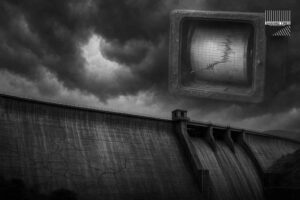










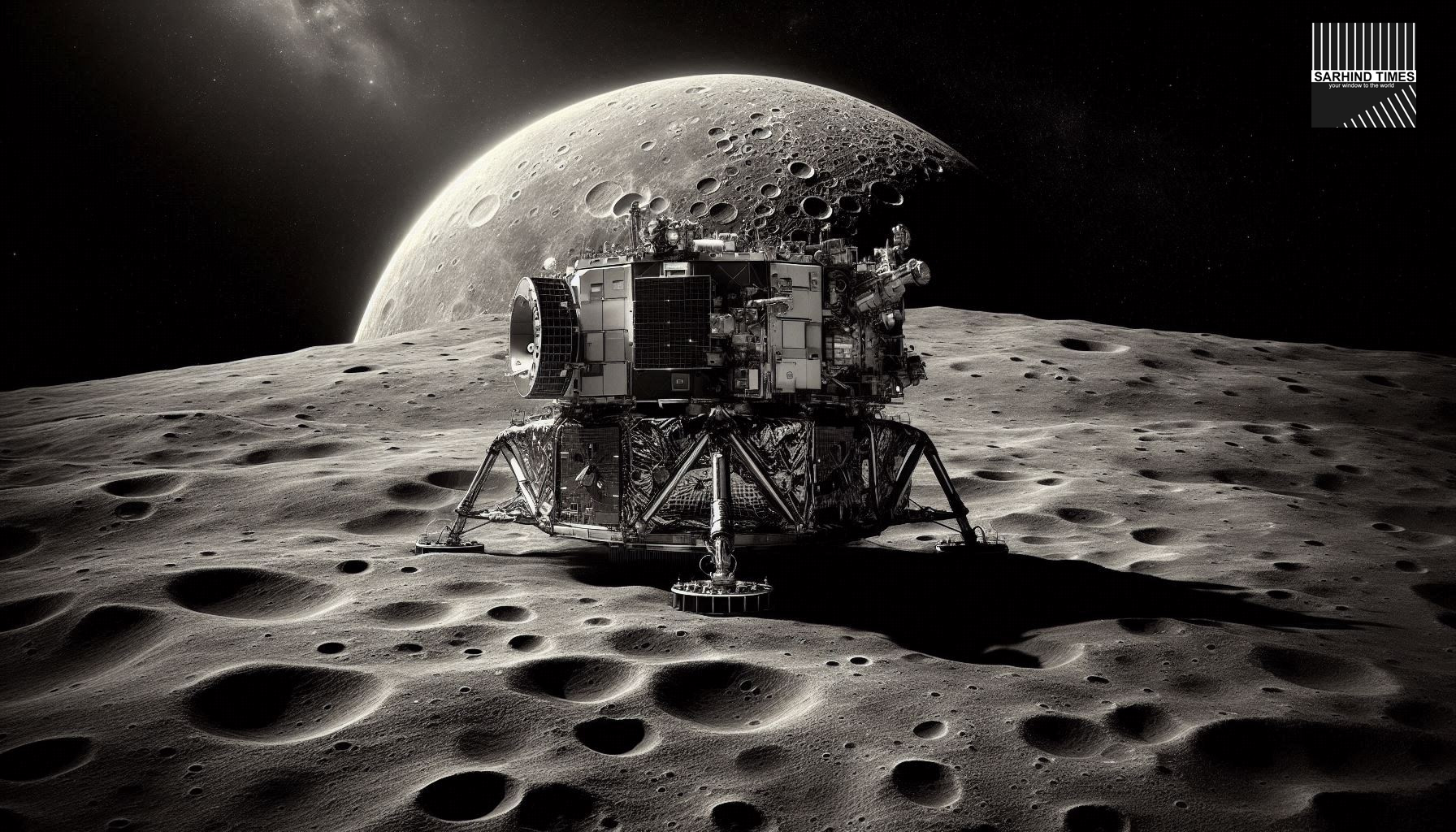
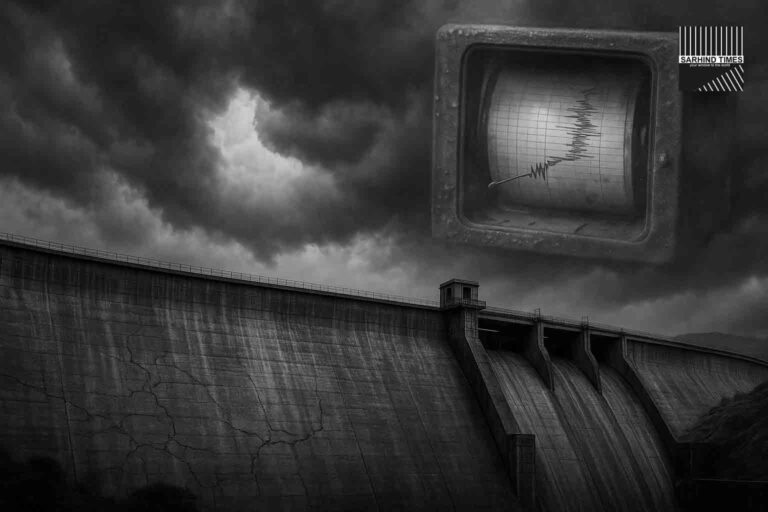

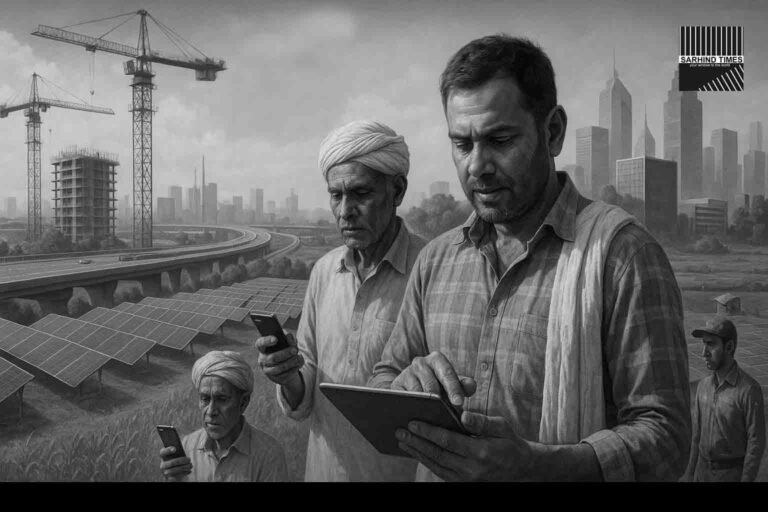
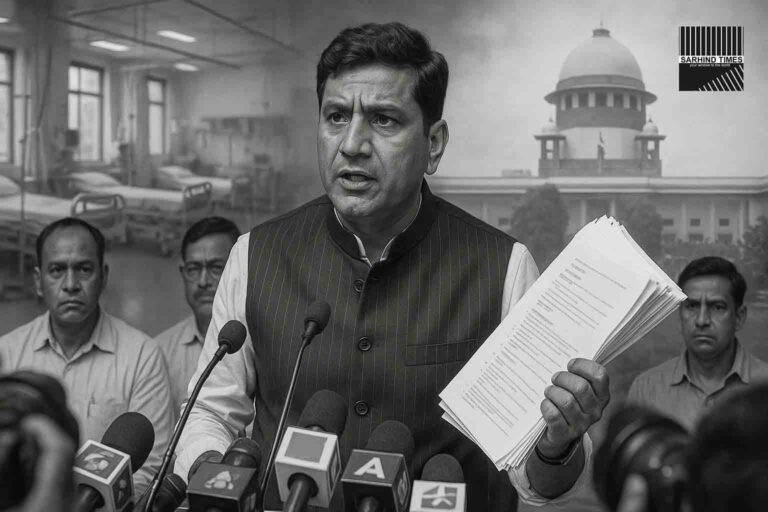






+ There are no comments
Add yours